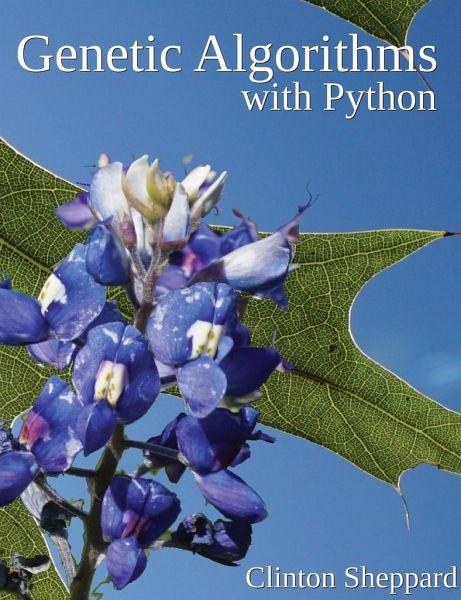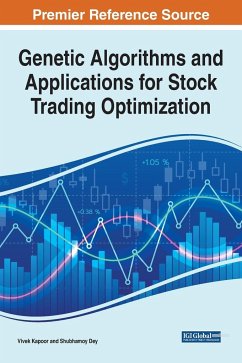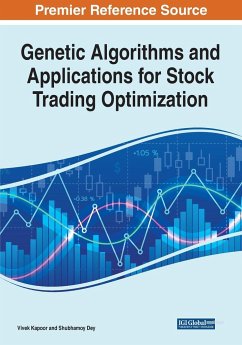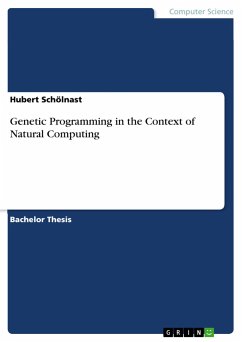
Genetic Algorithms with Python
Versandkostenfrei!
Versandfertig in 1-2 Wochen
28,99 €
inkl. MwSt.

PAYBACK Punkte
14 °P sammeln!
Get a hands-on introduction to machine learning with genetic algorithms using Python. Genetic algorithms are one of the tools you can use to apply machine learning to finding good, sometimes even optimal, solutions to problems that have billions of potential solutions. This book gives you experience making genetic algorithms work for you, using easy-to-follow example projects that you can fall back upon when learning to use other machine learning tools and techniques. The step-by-step tutorials build your skills from Hello World! to optimizing one genetic algorithm with another, and finally ge...
Get a hands-on introduction to machine learning with genetic algorithms using Python. Genetic algorithms are one of the tools you can use to apply machine learning to finding good, sometimes even optimal, solutions to problems that have billions of potential solutions. This book gives you experience making genetic algorithms work for you, using easy-to-follow example projects that you can fall back upon when learning to use other machine learning tools and techniques. The step-by-step tutorials build your skills from Hello World! to optimizing one genetic algorithm with another, and finally genetic programming; thus preparing you to apply genetic algorithms to problems in your own field of expertise. Python is a high-level, low ceremony and powerful language whose code can be easily understood even by entry-level programmers. If you have experience with another programming language then you should have no difficulty learning Python by induction. Souce code: https://github.com/handcraftsman/GeneticAlgorithmsWithPython














